Borax, also known as sodium borate, sodium tetraborate, or disodium tetraborate, is a compound with formula Na
2H4B4O9•nH2O or, more precisely, [Na•(H2O)+m]2 [B4O5(OH)2−4].
The formula is often improperly written as Na
2B4O7•(n+2)H2O, reflecting an older incorrect understanding of the anion’s molecular structure. The name may refer to any of a number of closely related boron-containing mineral or chemical compounds that differ in their water of crystallization content. The most commonly encountered one is the octahydrate Na
2H4B4O9•8H2O or [Na(H2O)+4]2 [B4O5(OH)2−2] (or Na2B4O7•10H2O, the “decahydrate”, in the older notation). It is a colorless crystalline solid that dissolves in water.
Borax is a component of many detergents, cosmetics, and enamel glazes. It is used to make buffer solutions in biochemistry, as a fire retardant, as an anti-fungal compound, in the manufacture of fiberglass, as a flux in metallurgy, neutron-capture shields for radioactive sources, a texturing agent in cooking, as a cross-linking agent in slime, as an alkali in photographic developers, as a precursor for other boron compounds, and is useful as an insecticide (similarly to boric acid).
In artisanal gold mining, borax is sometimes used as part of a process (as a flux) meant to eliminate the need for toxic mercury in the gold extraction process, although it cannot directly replace mercury. Borax was reportedly used by gold miners in parts of the Philippines in the 1900s.
Borax was first discovered in dry lake beds in Tibet and was imported via the Silk Road to the Arabian Peninsula in the 8th century AD. Borax first came into common use in the late 19th century when Francis Marion Smith’s Pacific Coast Borax Company began to market and popularize a large variety of applications under the 20 Mule Team Borax trademark, named for the method by which borax was originally hauled out of the California and Nevada deserts.
Uses
Household products
Borax is used in various household laundry and cleaning products, including the “20 Mule Team Borax” laundry booster, “Boraxo” powdered hand soap, and some tooth bleaching formulas.
pH buffer
Borate ions (commonly supplied as boric acid) are used in biochemical and chemical laboratories to make buffers, e.g. for polyacrylamide gel electrophoresis of DNA and RNA, such as TBE buffer (borate buffered tris-hydroxymethylaminomethonium) or the newer SB buffer or BBS buffer (borate buffered saline) in coating procedures. Borate buffers (usually at pH 8) are also used as preferential equilibration solution in dimethyl pimelimidate (DMP) based crosslinking reactions.
Co-complexing agent
Borax as a source of borate has been used to take advantage of the co-complexing ability of borate with other agents in water to form complex ions with various substances. Borate and a suitable polymer bed are used to chromatograph non-glycosylated hemoglobin differentially from glycosylated hemoglobin (chiefly HbA1c), which is an indicator of long-term hyperglycemia in diabetes mellitus.
Water-softening agent
Borax alone does not have a high affinity for the hardness cations, although it has been used for water-softening. Its chemical equation for water-softening is given below:
- Ca2+ (aq) + Na2B4O7 (aq) → Ca B4O7 (s)↓ + 2 Na+ (aq)
- Mg2+ (aq) + Na2B4O7 (aq) → Mg B4O7 (s)↓ + 2 Na+ (aq)
The sodium ions introduced do not make water ‘hard’. This method is suitable for removing both temporary and permanent types of hardness.
Flux
A mixture of borax and ammonium chloride is used as a flux when welding iron and steel. It lowers the melting point of the unwanted iron oxide (scale), allowing it to run off. Borax is also used mixed with water as a flux when soldering jewelry metals such as gold or silver, where it allows the molten solder to wet the metal and flow evenly into the joint. Borax is also a good flux for “pre-tinning” tungsten with zinc — making the tungsten soft-solderable. Borax is often used as a flux for forge welding.
Small-scale gold mining
Borax is replacing mercury as the preferred method for extracting gold in small-scale mining facilities. The method is called the borax method and is used in the Philippines.
Flubber
A rubbery polymer sometimes called Slime, Flubber, ‘gluep’ or ‘glurch’ (or erroneously called Silly Putty, which is based on silicone polymers), can be made by cross-linking polyvinyl alcohol with borax. Making flubber from polyvinyl acetate-based glues, such as Elmer’s Glue, and borax is a common elementary-science demonstration.
Food additive
Borax, given the E number E285, is used as a food additive, but is banned in some countries, including the United States, China, and Thailand. As a consequence, certain foods, such as caviar, produced for sale in the United States contain higher levels of salt to assist preservation. In addition to its use as a preservative, borax imparts a firm, rubbery texture to food. In China, borax (Chinese: 硼砂; pinyin: péng shā or Chinese: 月石; pinyin: yuè shí) has been found in foods including wheat and rice noodles named; lamian, shahe fen, kway teow, and chee cheong fun. In Indonesia, it is a common, but forbidden, additive to such foods as noodles, bakso (meatballs), and steamed rice. The country’s Directorate of Consumer Protection warns of the risk of liver cancer with high consumption over a period of five to ten years.
Other uses
Medicinal
- Anti-fungal foot soak
- Treatment for thrush in horses’ hoofs
- Is found in some commercial vitamin supplements
Other
- Ingredient in enamel glazes
- Component of glass, pottery, and ceramics
- Used as an additive in ceramic slips and glazes to improve fit on wet, greenware, and bisque
- Fire retardant
- Anti-fungal compound for cellulose insulation
- Moth proofing 10% solution for wool
- Pulverized for the prevention of stubborn pests (e.g. German cockroaches) in closets, pipe and cable inlets, wall panelling gaps, and inaccessible locations where ordinary pesticides are undesirable
- Precursor for sodium perborate monohydrate that is used in detergents, as well as for boric acid and other borates
- Tackifier ingredient in casein, starch and dextrin based adhesives
- Precursor for boric acid, a tackifier ingredient in polyvinyl acetate, polyvinyl alcohol based adhesives
- To make indelible ink for dip pens by dissolving shellac into heated borax
- Curing agent for snake skins
- Curing agent for salmon eggs, for use in sport fishing for salmon
- Swimming pool buffering agent to control pH
- Neutron absorber, used in nuclear reactors and spent fuel pools to control reactivity and to shut down a nuclear chain reaction
- As a micronutrient fertilizer to correct boron-deficient soils.
- Preservative in taxidermy
- To color fires with a green tint
- Was traditionally used to coat dry-cured meats such as hams to improve the appearance and discourage flies.
- For stopping car radiator and engine block leaks
- Used by blacksmiths in forge welding
- Used as a woodworm treatment (diluted in water)







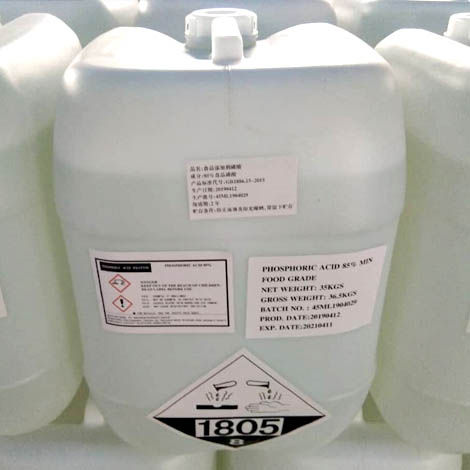

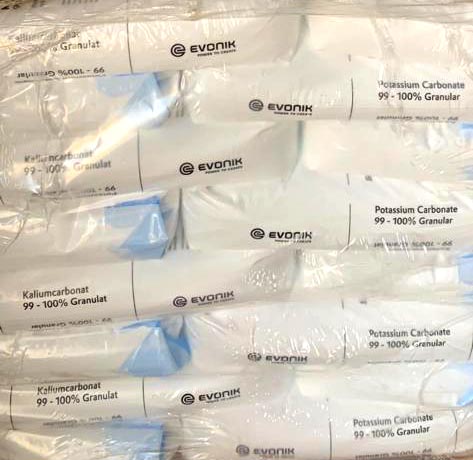

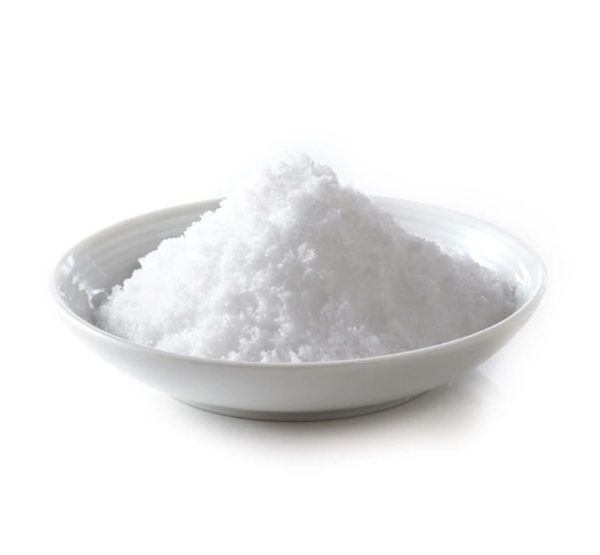
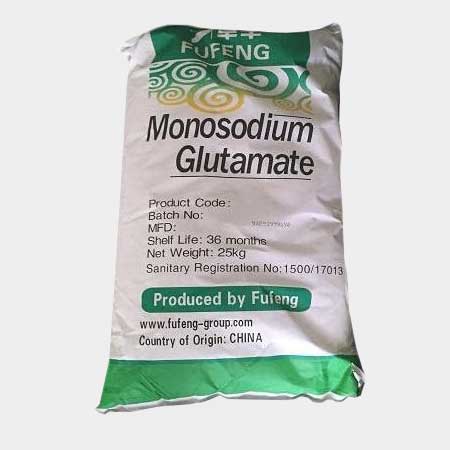
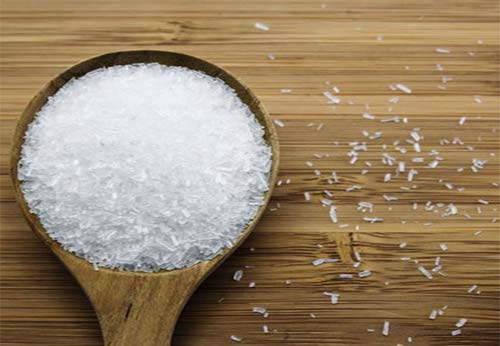

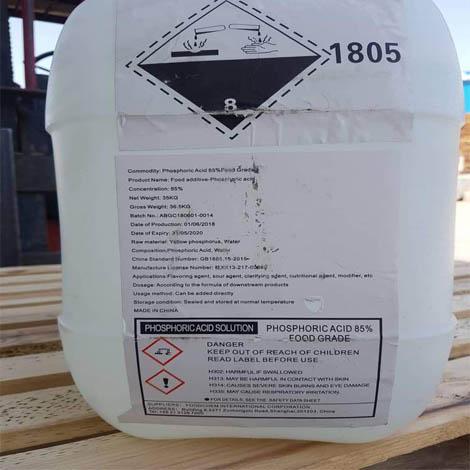
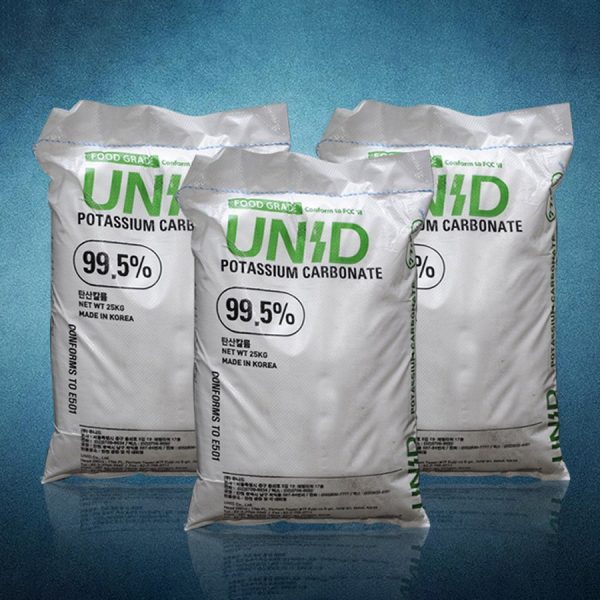

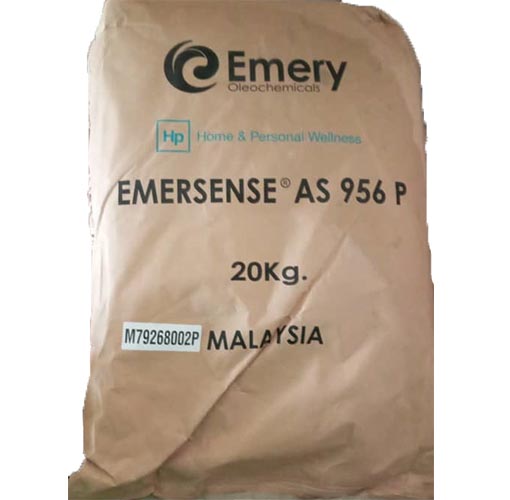
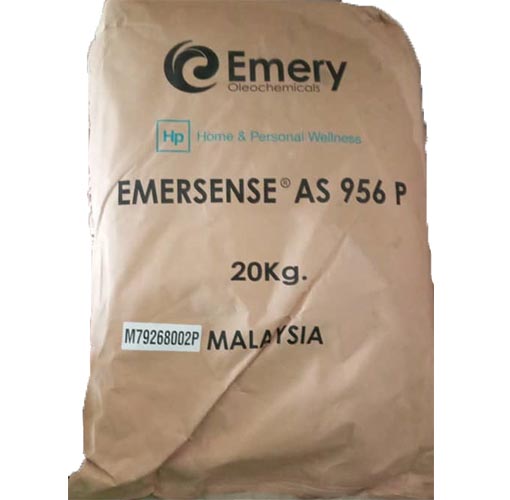


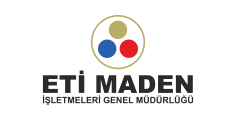
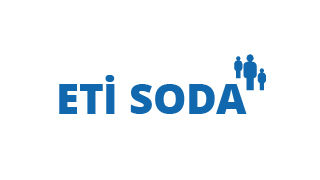
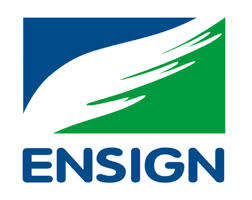


Reviews
There are no reviews yet.